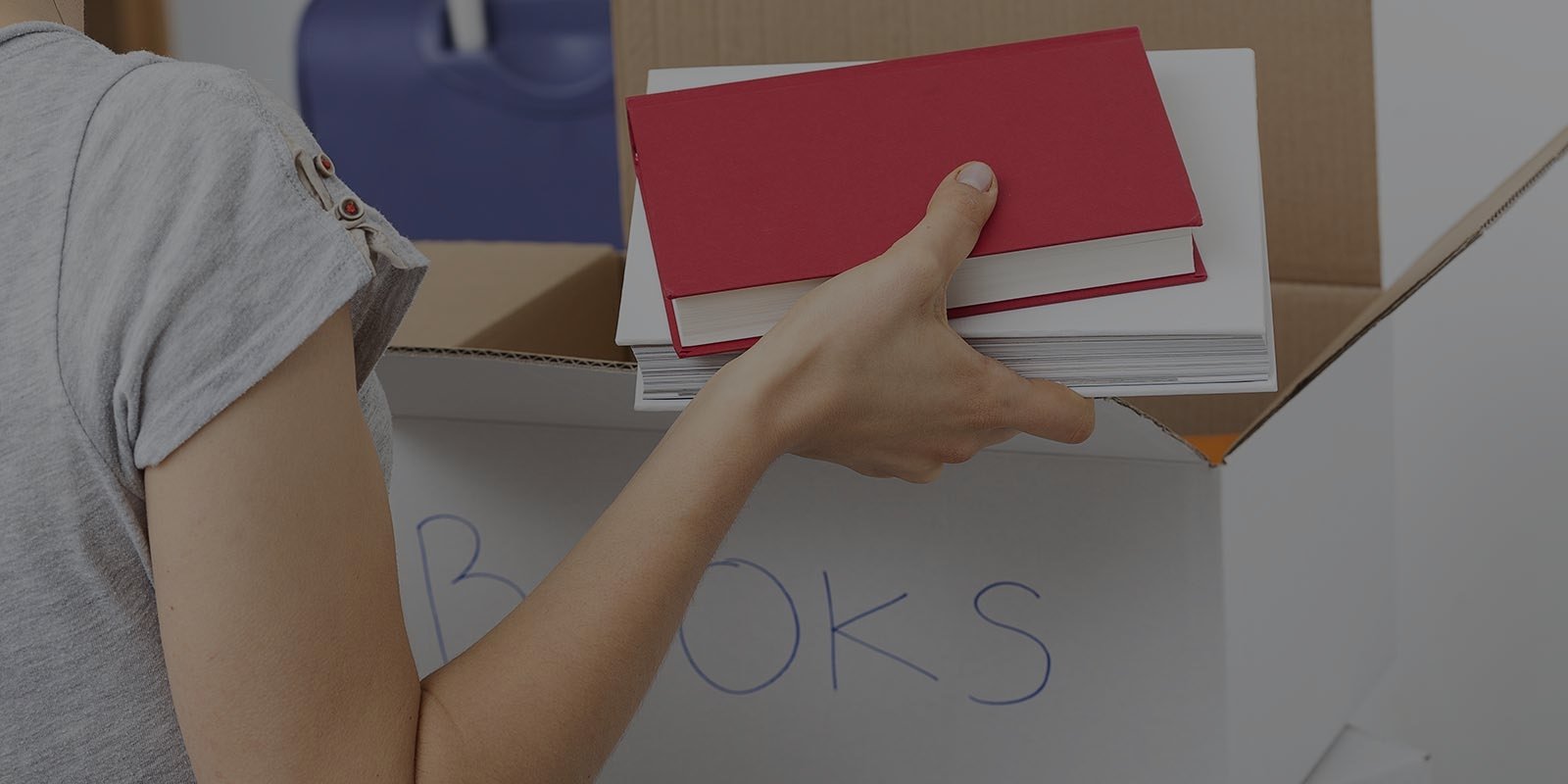Prevent Damage with Correct Freezer Storage Tips
Posted on 02/06/2025
Prevent Damage with Correct Freezer Storage Tips
Proper freezer storage isn't just a matter of lasting food longer--it's a vital aspect of home management that can save money, reduce waste, and ensure you and your family enjoy delicious meals every time you open your freezer door. Prevent damage with correct freezer storage tips by following our comprehensive, expert-approved guide. In this article, you'll discover the best practices, organizational hacks, and essential info for keeping your freezer and its contents in peak condition.
Why Freezer Storage Is Crucial
A well-maintained freezer does more than keep food cold. It locks in freshness, prevents spoilage, and protects your investment in groceries. When freezer storage is mismanaged, you risk freezer burn, flavor loss, and damaged appliances. Fortunately, adopting a few smart habits will help you maximize space, preserve food quality, and avoid preventable damage.
Top Consequences of Improper Freezer Storage
- Food Waste: Spoiled, freezer-burned, or unidentifiable foods end up tossed, wasting your money.
- Appliance Wear: Overloaded or blocked freezers make your appliance work harder, increasing energy bills and repair needs.
- Safety Hazards: Storing items incorrectly can lead to foodborne illnesses or leaks that damage kitchen floors.
- Reduced Flavor and Texture: Improper storage damages the texture and taste of your food.

Getting Started: Freezer Basics
Whether you own a chest, upright, or freezer drawer, the fundamentals of correct freezer storage remain the same. Here are the essentials:
Maintain Proper Temperature
- Keep your freezer at 0°F (-18°C) or lower. Use a thermometer for accuracy. Warmer temps allow bacteria to thrive and increase spoilage risks.
- Avoid frequent door opening. Every time you open the freezer, warm air enters, potentially raising the internal temperature and risking partial thawing.
Choose the Right Packaging
- Resealable Freezer Bags: These are ideal for meats, fruits, or meal portions. Squeeze out excess air to prevent freezer burn.
- Vacuum Sealers: These devices extend shelf life by removing air, preserving texture and flavor.
- Heavy-duty Containers: Use plastic or glass containers designed for freezer use; avoid thin plastics, which can crack.
- Aluminum Foil & Freezer Paper: Good for wrapping large cuts of meat or baked goods, but always use in conjunction with plastic wrap for a better seal.
Preventing Freezer Burn and Food Damage
Freezer burn is the enemy of long-term storage, creating dry patches and off-flavors. Luckily, you can avoid freezer damage with straightforward practices:
Best Practices to Prevent Freezer Burn
- Cool Foods Completely: Never freeze hot or warm dishes. Let meals cool down to room temperature before packaging.
- Tightly Seal Everything: Use high-quality wraps, bags, or containers and remove as much air as possible.
- Label and Date All Items: Write what's inside and the date it was frozen. Use the "first in, first out" rule.
- Avoid Overcrowding: Air needs to circulate so your freezer will function properly and maintain a stable temp.
What Foods Freeze Best? What to Avoid?
- Freeze Well: Lean meats, poultry, seafood, most fruits and vegetables (blanched), bread, baked goods, soups, and sauces.
- Think Twice: Dairy (yogurt, cream), foods with high water content (lettuce, cucumbers), or fried foods usually don't freeze well due to texture changes.
Organizing Your Freezer for Maximum Efficiency
Prevent freezer damage by organizing food so you easily find what you need, avoid open packages, and keep everything at its best.
Plan Your Freezer Layout
- Group Similar Items: Store proteins in one section, veggies in another, ready meals in a third, etc.
- Use Stackable Bins or Baskets: These are especially helpful for chest freezers or deep drawers.
- Keep Frequently Used Items Accessible: Place well-labeled, often-used foods near the front.
- Rotate Oldest Foods Forward: Always use older packages before newly added items.
How to Avoid Freezer Overload
- Leave Enough Space: Don't pack the freezer completely full; leave room for air circulation.
- Schedule Regular Clean-Outs: Every 2-3 months, remove expired or freezer-burned items and clean shelves.
Correct Freezer Storage for Specific Foods
Meat, Poultry, and Seafood
- Wrap well: Use double plastic wrap or freezer paper plus foil for large cuts.
- Use quickly for best quality: Ground meats--3-4 months; steaks, chops--6-12 months; fish--3-6 months.
Fruits and Vegetables
- Blanch first: Briefly boiling and then freezing most veggies helps preserve flavor and color.
- Flash freeze: Freeze berries or cut fruit on a lined tray before transferring to bags, so they don't clump together.
Baked Goods
- Cool fully before freezing: Baked items should be completely cool to prevent ice crystals.
- Portion for convenience: Slice bread, separate muffins or cookies, and store in small bags.
Soups and Sauces
- Leave headspace: Liquids expand as they freeze. Leave at least half an inch at the top of containers to prevent breakage.
- Use freezer-safe containers or bags: Rigid plastic works best for reheating directly.
How to Thaw Frozen Foods Safely
Thawing correctly is just as important as freezing. Avoid food safety risks by using these methods:
- In the Refrigerator: Thaw overnight in the fridge for safe, even defrosting. This works for meats, proteins, and cooked dishes.
- Cold Water Method: Place sealed packages in a bowl of cold water, changing the water every 30 minutes.
- Microwave: Use for quick-thawing if you cook the food immediately after.
Never thaw on the countertop. Room-temperature thawing can allow bacteria growth, increasing the risk of foodborne illnesses.
Freezer Maintenance to Prevent Appliance Damage
Taking care of your freezer is as important as storing food correctly. Prevent appliance damage and extend freezer life with these tips:
- Defrost Regularly: For manual-defrost freezers, remove ice buildup before it exceeds a quarter inch.
- Clean Spills Immediately: Clean up leaks or drips to avoid sticky residue and mold growth.
- Check Door Seals: Ensure seals are clean and tight; replace if you notice gaps or cracks.
- Don't Overfill: A jam-packed freezer restricts airflow and prematurely wears out the compressor.

Frequently Asked Questions About Freezer Storage
Can I refreeze previously frozen foods?
If items were thawed in the refrigerator and remained cold, you can safely refreeze them, though some texture might be lost. Never refreeze foods left out at room temperature.
How do I tell if a frozen food is still good?
If your food is free from freezer burn, doesn't have an off smell, and is within its recommended time frame, it's likely safe to eat.
What's the best way to maximize freezer space?
Use uniformly sized containers, stack flat packages, and label everything clearly so you know what you need to use first. Remove cardboard boxes from processed foods, and repack items for a tighter fit when possible.
Summary: Master Correct Freezer Storage to Prevent Damage
By using these correct freezer storage tips, you'll protect your food investment, maintain your appliance, and prevent unnecessary damage. Remember: always use the right temp, package securely, rotate your stock, periodically clean, and never exceed your freezer's limits. These simple steps guarantee you'll always have delicious, safe, and high-quality meals at your fingertips--without waste or worry.
Key Takeaways for Optimal Freezer Storage and Damage Prevention
- Keep the freezer at 0°F or lower
- Use airtight, freezer-friendly packing materials
- Label, date, and rotate foods regularly
- Organize, don't overfill, and clean out periodically
- Follow safe thawing practices and check freezer seals
Prevent damage with correct freezer storage tips and make the most of the space, time, and food you have. With a bit of setup and occasional attention, your freezer will be an asset, not a source of stress--contributing to a healthier household and less waste. Start practicing good freezer storage today!





